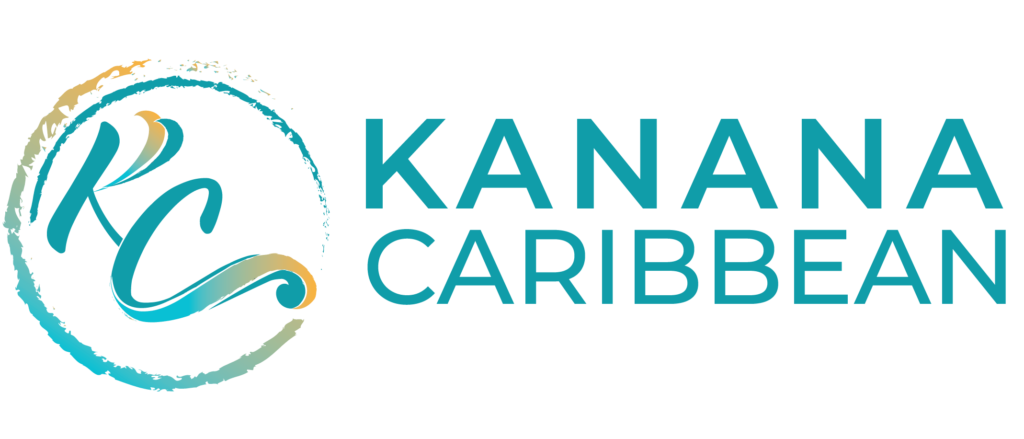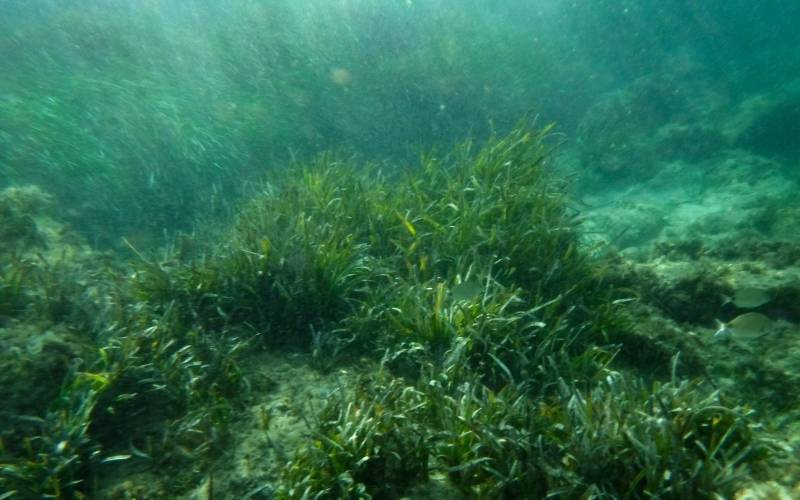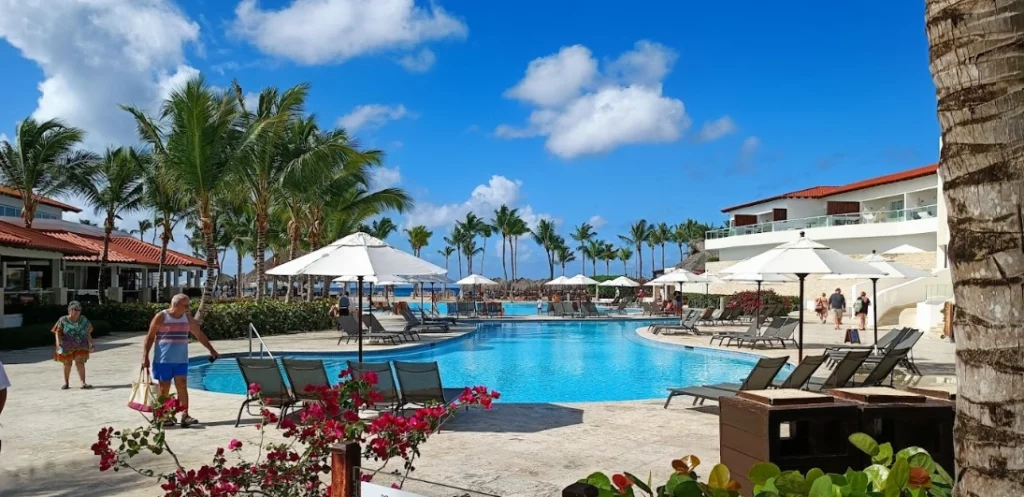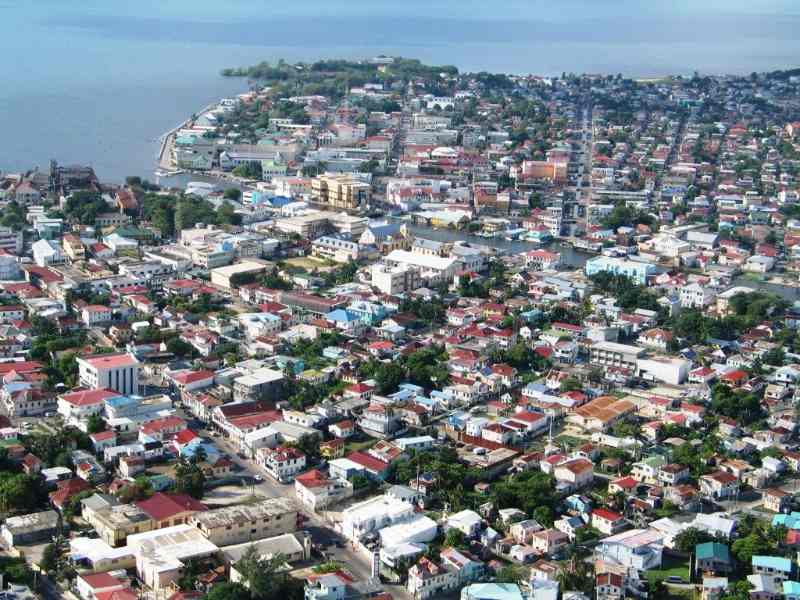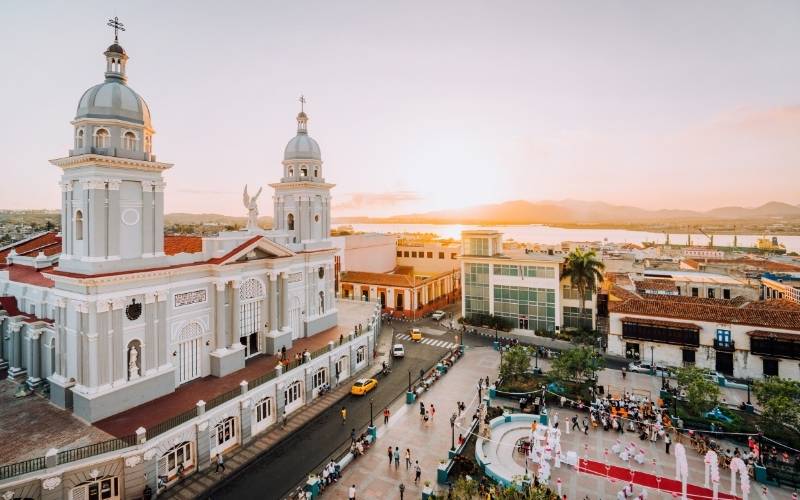
Home » Discover The British Virgin Islands Wildlife
Discover The British Virgin Islands Wildlife
While it is simple to get lost in the panoramic splendor of the British Virgin Islands, we occasionally forget that much of “Nature’s Little Secrets” is discretely hidden in the diminutive details of our unique flora and fauna that extends beyond the typical coral reefs that we associate with the environment.
It is the sun-kissed waters and sugar sand beaches that typically spring to mind when we think about the British Virgin Islands’ natural beauty.
The British Virgin Islands’ stunning natural surroundings are unquestionably their greatest asset. While it is renowned as a top tourist destination, British Virgin Island’s wildlife is a treasure trove, providing a home for flamingos, red-footed tortoises, endangered iguanas, and much more.
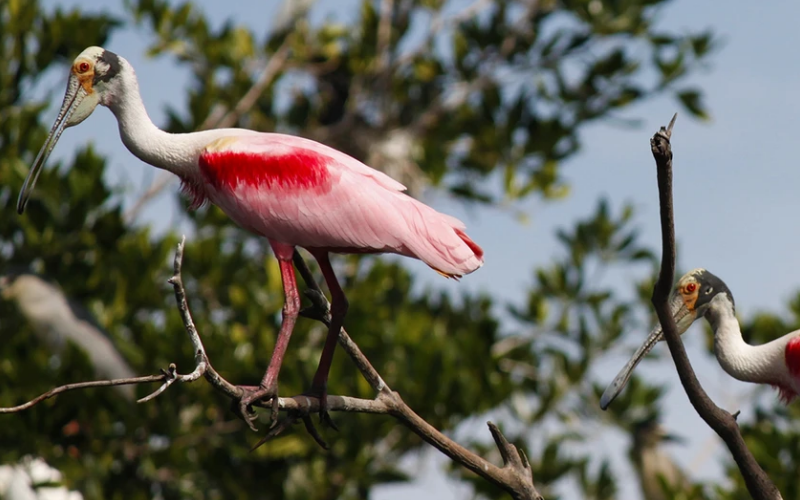
Marine Life in the British Virgin Islands
Table of Contents
Observing the marine life in the surrounding crystal blue ocean can help you discover much of the British Virgin Islands’ beauty. Coral, reef fish, sharks, dolphins, turtles, crustaceans, and a wide variety of other marine creatures are all present in the British Virgin Islands’ marine life.
People who enjoy both scuba diving and snorkeling in the British Virgin Islands can readily access the wonderful marine life. All year long, swimmers may enjoy the vibrant reef fish and coral without having to dive very deep.
Do you find it surprising that there are sharks in the British Virgin Islands? Although sharks are present in the waters of the Virgin Islands, it is unlikely that you will see one. The majority of other sharks stay away from reefs during the day, however, nurse sharks can occasionally be seen when snorkeling and on reef dives. Shark attacks are relatively uncommon in the British Virgin Islands, thus most visitors and residents shouldn’t be alarmed by this fact.
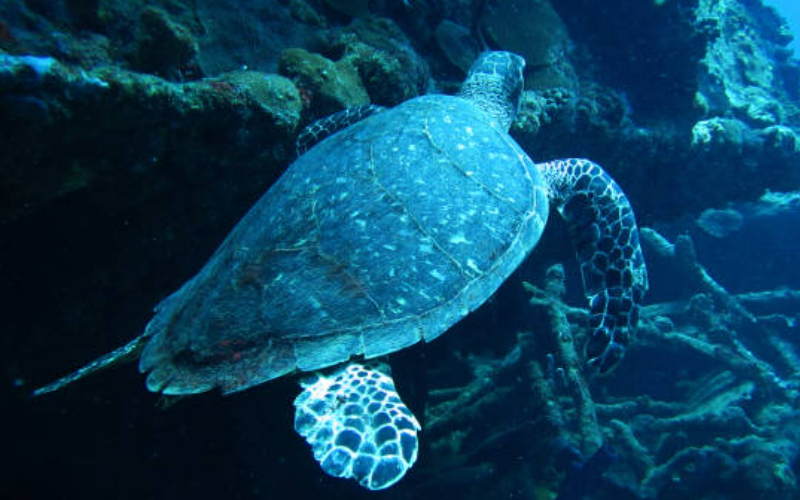
From mid-January to mid-March, the humpback whale is close to British Virgin Islands waters with its calves. Dolphin Discovery offers guests the chance to swim with dolphins if they are interested. Wintertime is a popular time for whale watching, which will undoubtedly improve your day.
The leatherback, the largest marine turtle, is one of the turtles present in the British Virgin Islands’ marine life. The loggerhead turtle is also widespread. The majority of a marine turtle’s life is spent at sea. The only exception is when they go back to the sandy shore to lay their eggs.
Other than enormous marine creatures, you would spot barracuda, lobsters, porkfish, corals, starfish, and many others. In the British Virgin Islands, Tortola is home to the majority of diving shops, but there are additional shops on Virgin Gorda, Jost Van Dyke, Scrub Island, and Cooper Island.
Birds in the British Virgin Islands
Birders will be pleased by the colors, gymnastics, and songs of the island folk, which are among the most fascinating animals of the Virgin Islands. The British Virgin Islands national bird is the turtle dove.
Pelicans, the birds of the British Virgin Islands, are known for putting on a spectacular show when they are close to the water. They soar high above the water before crashing with amazing force, catching little fish and other marine life in their pouches. To cushion the landing on the water, pelicans have specific air chambers on their chests and special film covering their eyes.
The majestic frigate bird, often known as a man-of-war, is one of the shorebirds that is most easily recognized. This black, long-winged bird resembles a dinosaur holdover because of its forked tail and bent wings. To attract females during mating season, male frigate birds have a strip of brilliant red skin on their throats that they inflate like a balloon.
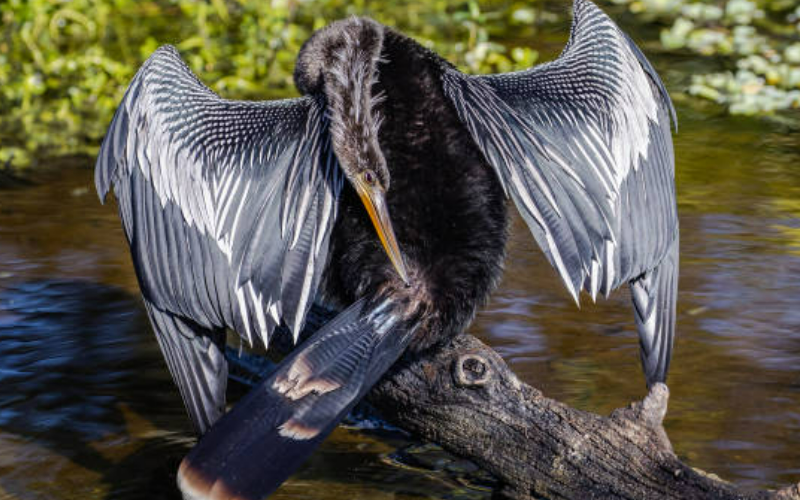
Additionally, keep an eye out for tropic birds, royal terns, laughing gulls, and brown boobies. The moniker “boobies,” comes from the Spanish word “bobo,” which means “dunce.” They are powerful and skilled divers. Tropical birds are graceful and lovely. Seen from their tails, lengthy streamers are to be found.
The Roseate Flamingos, which were brought back to the island’s salt ponds in 1922, are among the most spectacular views. These days, the island is home to hundreds of these lovely birds. At the Flamingo Pond viewing platform, spot the coral-colored Anegada flamingos, who are allowed to roam freely.
Reptiles and amphibians in the British Virgin Islands
In the British Virgin Islands, the species known as reptiles and amphibians, including lizards, frogs, snakes, and even one unusual tortoise, are prized for their seclusion.
Few snakes found in the British Virgin Islands are little, unnoticeable, and most importantly, none of them are harmful. Scales that are brightly colored elsewhere in the world could indicate a poisonous snake, but here they are dull-colored, quiet residents that are rarely observed.
Another distinctive reptile found only in the British Virgin Islands is the Red-footed Tortoise (Geochelone carbonaria). It was once common in the British Virgin Islands, but nowadays it is mostly restricted to protected locations, such as Guana Island, a resort and private nature reserve.
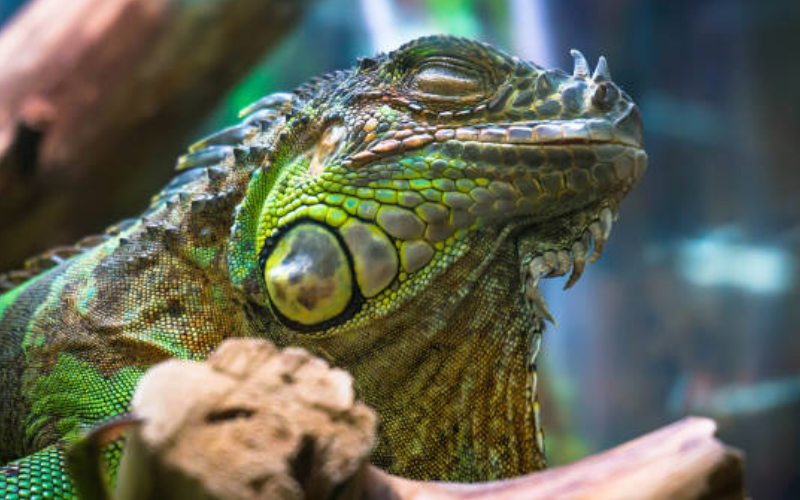
The native tree frogs of the British Virgin Islands are some of the region’s cutest animals, despite being amphibians rather than reptiles. You might hear a cacophonous chorus of chirping on a rainy evening when the foliage is damp outside. Don’t be deceived; the sound is made by the ubiquitous Bopeep Frog, not an insect or a bird (Eleutherodactylus).
The next time you are out walking in the British Virgin Islands or strolling through your home or hotel’s garden, pause and pay attention. Although the British Virgin Islands creatures may not be as flashy as those on other tropical islands, they are nonetheless unique in their own right. You just need to pay attention to the differences that each has that make them stand out.
You will surely get fascinated watching all these beautiful creatures living around the British Virgin Islands.
Best Places to Witness British Virgin Islands’ Wildlife
The Baths
One of the most well-known landmarks in the British Virgin Islands is the Virgin Gorda Baths, a bustling anchorage. Giant granite boulders dot this unusual bay, producing sea pools and grottoes ideal for snorkeling and exploration. One of the British Virgin Islands’ most popular photo locations is a sand-bottomed cave formed at one point by the boulders.
Gorda Peak National Park
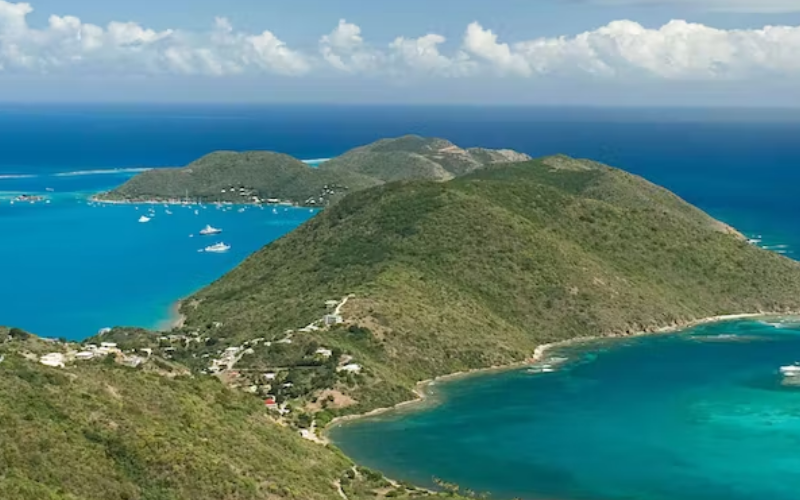
Gorda Peak National Park is a terrific destination if you want to see some land-based nature as a change of pace from all the water-based activities. It’s also among the most picturesque locations in the British Virgin Islands for taking pictures. The Virgin Gorda gecko, the smallest lizard in the world, as well as reptiles, tree frogs, birds, bats, soldier crabs, and other animals, may all be found in the park.
White Bay
The most well-liked and most gorgeous beach in the British Virgin Islands is White Bay, which is located on Jost Van Dyke. A long stretch of brilliant white sand that is protected by a barrier reef is reached by steep slopes. The reef offers fantastic swimming and snorkeling opportunities while shielding the waters from waves and swells. The numerous boats that anchor in the crystal-clear, turquoise seas can approach through a canal that runs through the reef’s center.
Anegada Island
Anegada offers the best chances for reef and bonefishing because it is encircled by a maze of coral reefs that stretches for miles offshore. One of the world’s largest reef systems, Horseshoe Reef, guards the island. The endangered rock iguana is one of the island’s wildlife species, and a viewing platform has been erected near a pond in the center of Anegada where you can frequently see flamingos and other sea birds.
Rhone National Maritime Park
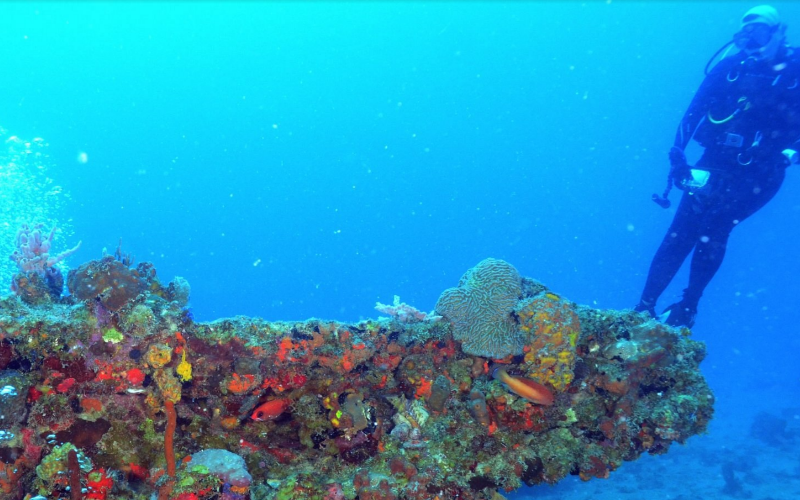
The only national marine park in the British Virgin Islands that is directly descended from a shipwreck is Rhone National Marine Park. Swim among schools of snapper, grunts, soldierfish, and parrotfish inside the coral-covered steel. On Salt Island, in Lee Bay, there are moorings close to the wreck. The marine park also includes Blonde Rock, another excellent dive site with overhangs, tunnels, caverns, and an abundance of marine life, as well as two coral caves that are 26 meters below the surface of the water.
Check out all the most instagrammable spots you can find in British Virgin Islands.
Sandy Caye
A classic example of a desert island is Sandy Cay. This deserted islet, which is off Little Jost Van Dyke, located referred to as the “all-beach island” in the British Virgin Islands. Due to the bordering reefs on the island’s north and south sides, the seas here are deep, almost reaching the shore, and are ideal for snorkeling and kayaking. On dry land, you can have a picnic, observe the hermit crabs, and hike the short trails with views of the cliffs.
KEY TAKEAWAYS ...🛪
Keep in mind that since these animals are wild creatures, you should approach them with care. Never attempt to control an animal you encounter by stalking it.
Regardless of whether they come within arm’s length, keep your distance. Additionally, feeding wild animals is never a smart idea because it increases their reliance on human food sources and interferes with their innate hunting instincts. Please make sure to not leave behind any garbage.
Visit Kanana Caribbean for more!
